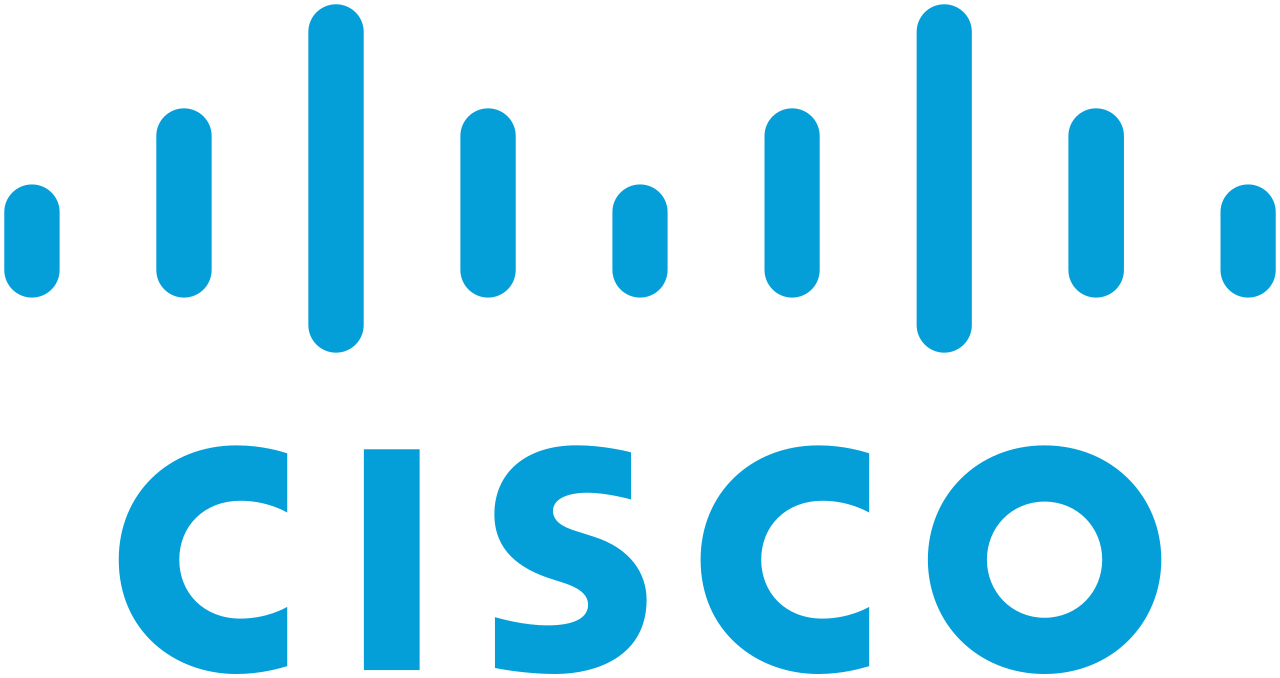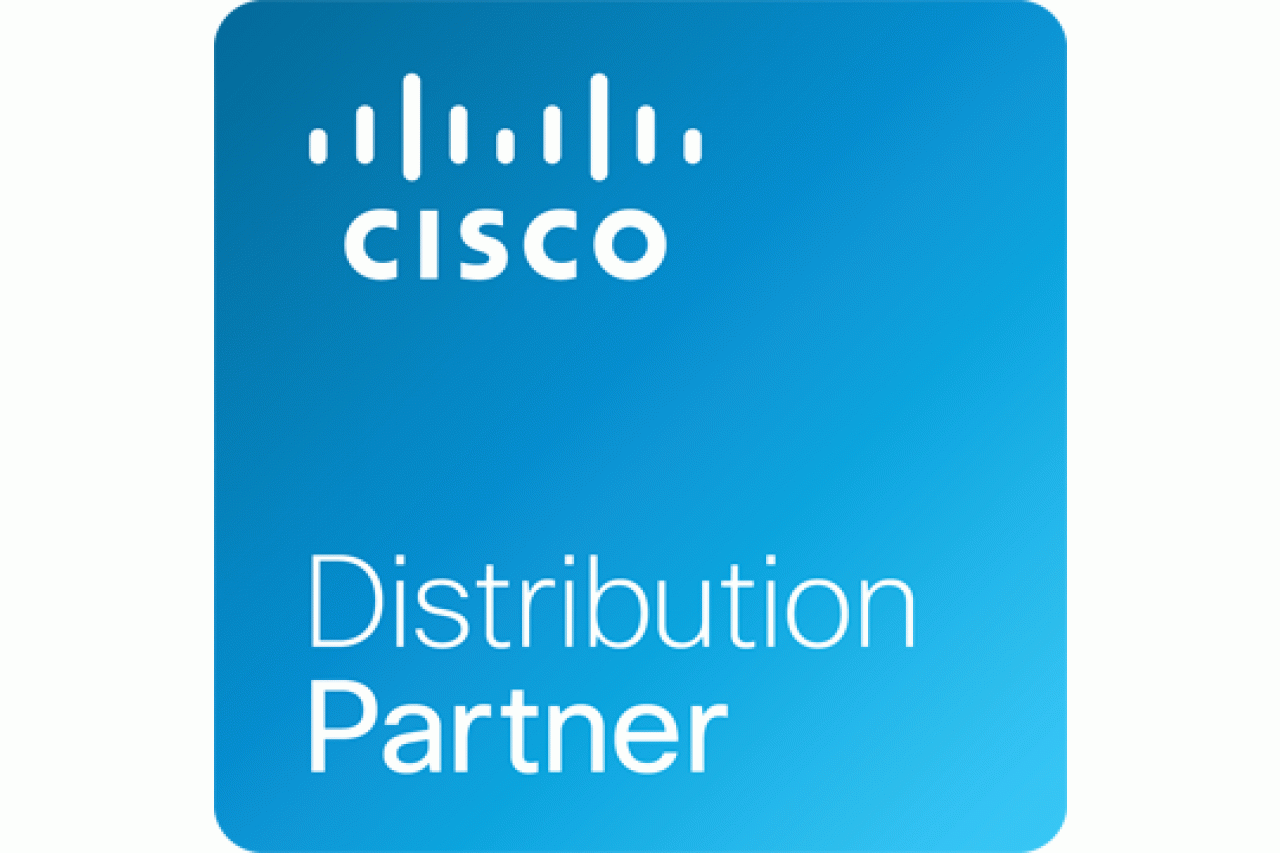800GB 2.5IN U.2 HGST SN200 NVME/HIGH PERF. HIGH ENDURANCE IN
Additional information
NVMe Storage for Cisco UCS C-Series Rack and B-Series Blade Servers
Product overview
The Cisco Unified Computing System™ (Cisco UCS®) is a next-generation data center platform that unites computing, networking, storage, and virtualization resources in a cohesive system designed to reduce Total Cost of Ownership (TCO) and increase business agility.
As storage moves closer to the server, new opportunities for data center efficiency are arising. When applications that need greater storage performance achieve high availability by using cluster-capable file systems and other means of replicating data, major efficiencies can be gained.
Ultra-low latency Nonvolatile Memory Express (NVMe) storage fully integrated into the Cisco UCS architecture enables servers to provide increased storage reliability and performance compared to spinning media. Organizations also gain the benefits of lower total cost of acquisition and lower TCO through reduced data center power and cooling needs, as well as lower cost per I/O Operations Per Second (IOPS) and lower wattage requirements per IOPS. Bringing storage inside the server on a high-performance NVMe tier can also reduce application licensing costs, making local flash storage a powerful solution for delivering more capabilities on a smaller budget. And all these benefits are more fully optimized on Cisco UCS than on any other server platform.
Cisco UCS implements local storage differently for a uniquely powerful experience. The Cisco UCS platform uses an advanced cooling methodology and zero-oversubscription CPU mapping to provide the highest levels of efficiency as well as best-in-class, consistent performance. Teams can manage hundreds of devices as easily as one with the Cisco® Integrated Management Controller (IMC) or Cisco UCS Manager. Customers can also choose the amount of storage necessary to meet their application needs: from 375 GB all the way up to 76 TB (for example, for a 2-rack-unit [2RU] server).
NVMe storage solutions
NVMe storage solutions offer the following main benefits:
● Reduced TCO: NVMe storage can be used to eliminate the need for SANs and Network-Attached Storage (NAS) or to augment existing shared-array infrastructure. With significant performance improvements available in both cases, Cisco customers can reduce the amount of physical infrastructure they need to deploy, increase the number of virtual machines they can place on a single physical server, and improve overall system efficiency. These improvements provide savings in Capital Expenditures (CapEx) and Operating Expenses (OpEx), including reduced application licensing fees and savings related to space, cooling, and energy use.
● Strategic partnerships: Cisco tests a broad set of NVMe storage technologies and focuses on two major partners: Western Digital (previously HGST [Hitachi Global Storage Technologies]) and Intel. With each partnership, devices are built exclusively in conjunction with Cisco engineering, so customers have the flexibility of a variety of endurance and capacity levels and the most relevant form factors, as well as the powerful management features and robust quality benefits that are unique to Cisco.
Overview
Cisco UCS NVMe storage offers the following main advantages:
● Manageability
◦ Complete Cisco UCS Manager inventory, service-profile mapping, and firmware updates are supported for one or many Cisco NVMe storage devices.
◦ Significantly reduce complexity compared to most competing solutions, which require manual Command-Line Interface (CLI) processes for each PCIe-connected device.
● Performance
◦ Get what you pay for with full CPU-to-PCIe lane connectivity to each storage device (zero oversubscription). For example, a Cisco UCS rack server with six NVMe devices has 6 x 8 = 48 lanes of Generation 3 PCIe (PCIe 3.0) connectivity directly to the CPU. Not all server platforms provide this level of integration; thus, they offer lower performance than Cisco UCS rack servers.
◦ Gain peace of mind with endurance and performance-state tracking, displayed in Cisco UCS Manager or Cisco IMC.
◦ Power and cooling algorithms based on device System Management Bus (SMBus) integration provide exceptional power consumption efficiency and consistent performance in any data center, with server inlet temperatures of less than 35°C.
● Flexibility
◦ Gain best-in-class capacity flexibility with the capability to choose from as little as 800 GB to as much as 30 TB of capacity in a 2RU server, with multiple NVMe device endurance level options, to meet the needs of any application.
◦ Gain block storage that integrates transparently with Cisco UCS servers to immediately improve performance and relieve I/O bottlenecks.



